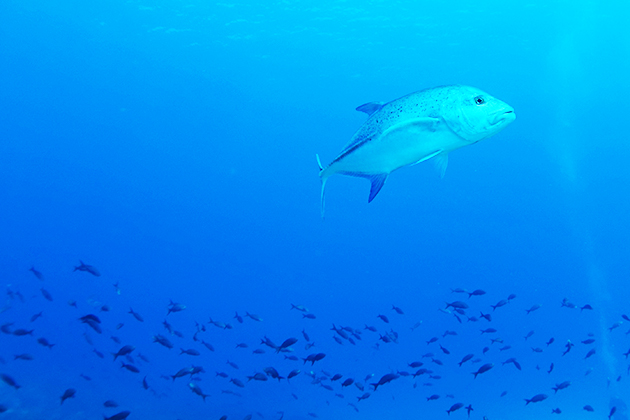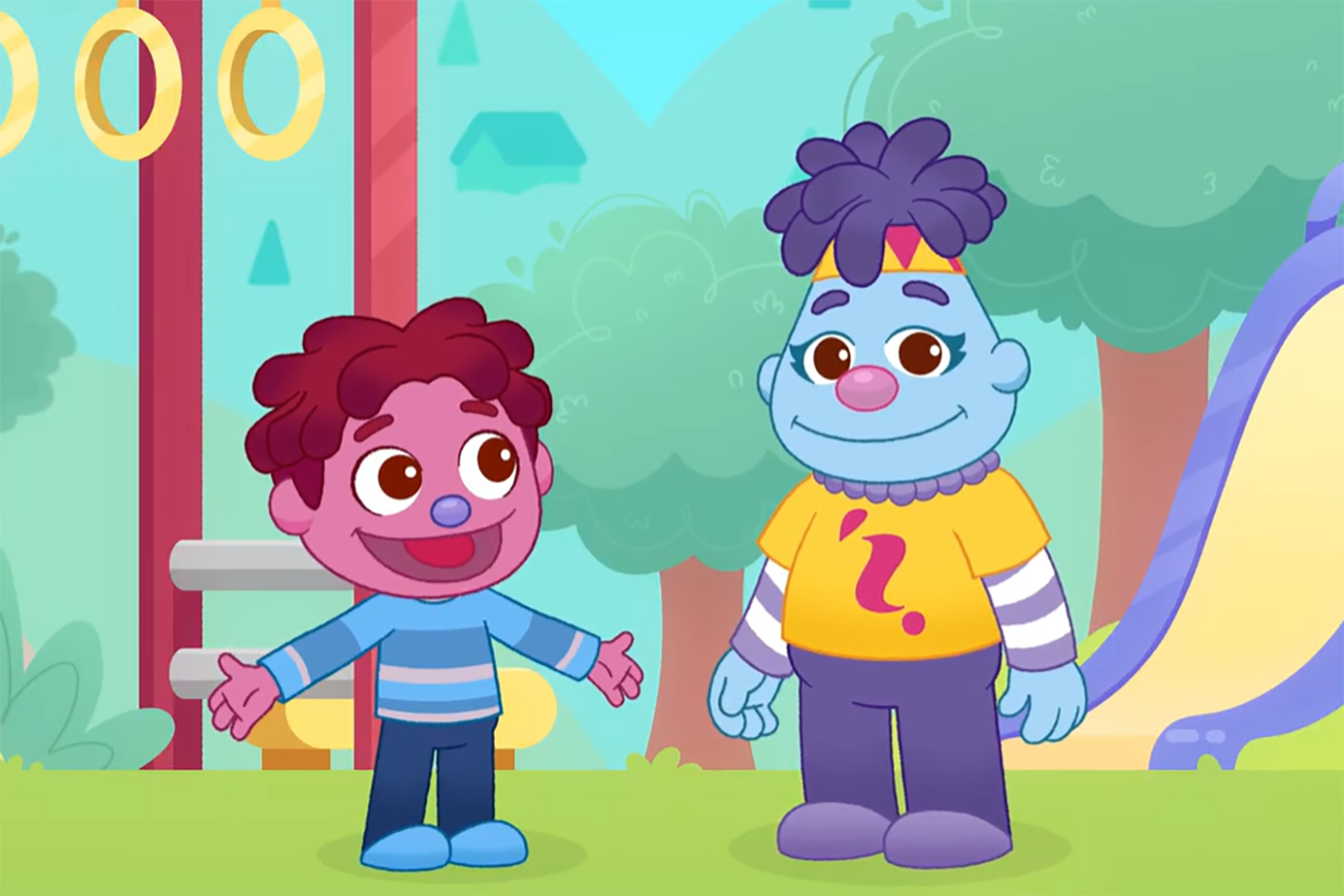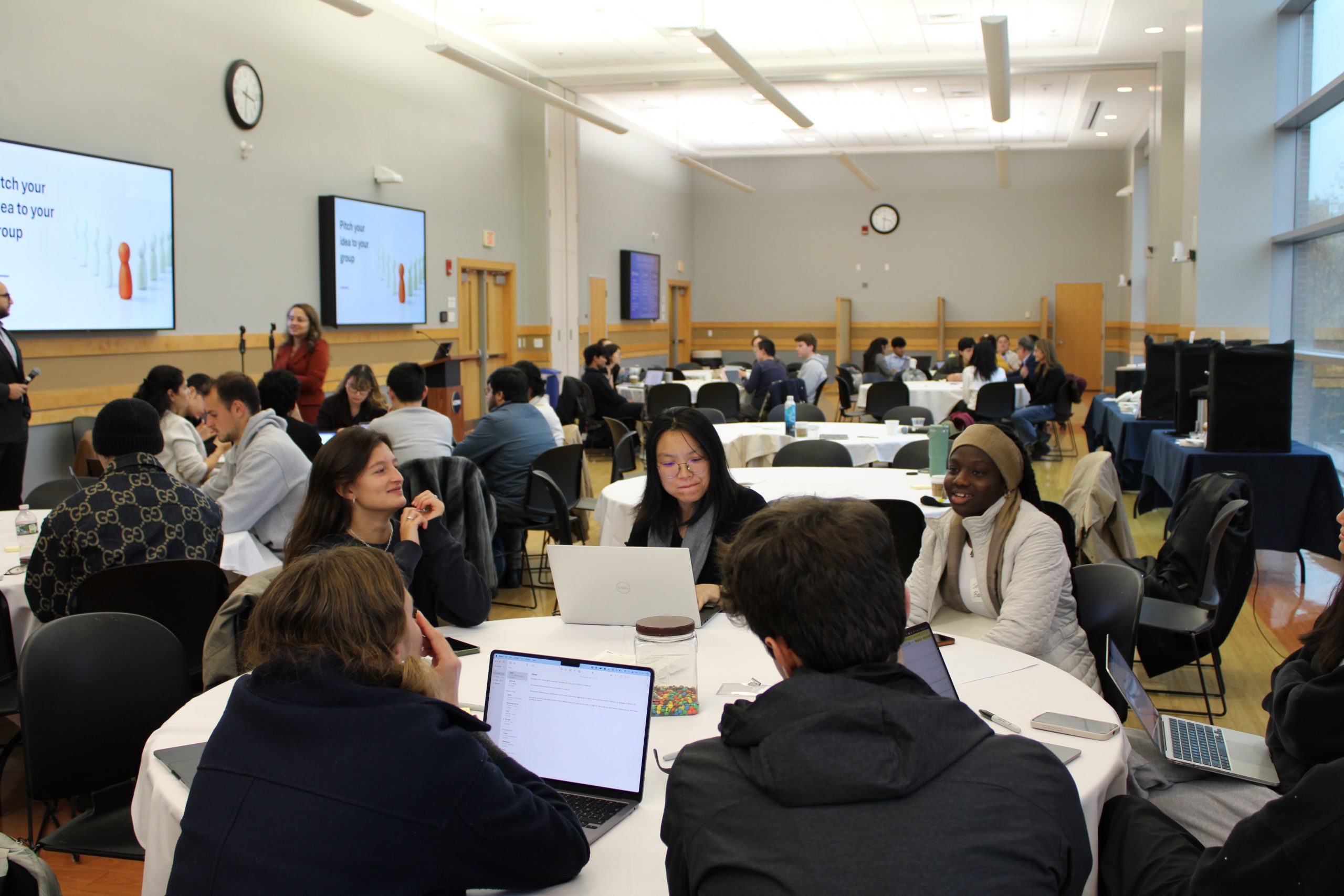
Famed explorer Jacques Cousteau was a pioneer in underwater diving technology, a founding figure of the modern conservation movement, and a man who inspired generations of marine scientists. Today, one of those scientists is carrying on that tradition in the waters off what Cousteau called “the most beautiful island in the world.”
UConn marine sciences professor emeritus Peter Auster has been studying the ocean for his entire career. At a stage of life when many researchers would be hanging up their scuba gear, Auster still maintains an impressive worldwide portfolio of research. This spring, that portfolio included a two-week research expedition to Costa Rica’s Cocos Island.
Regarded by scuba enthusiasts as one of the world’s premier diving destinations, Cocos is a national park roughly 300 miles off Costa Rica’s pacific coast. Because regulations ban all types of fishing around the island, and because the unique underwater typography brings a cold, nutrient-rich water welling up toward the surface, the waters around the island are frequented by a population of fish that is both dense and diverse. Those fish don’t just draw tourists hoping for a keepsake photo, but scientists like Auster looking for information about how groups of fish interact.

“I’m interested in the role that species interactions play in affecting populations,” says Auster, who has been trying to understand how the hunting behavior of one species may facilitate feeding by another. One example is the white-tipped reef shark, who are able to probe around and underneath coral looking for smaller fish to eat. When they do so, they end up flushing out prey that are often eaten instead by bluefin trevally, a fish that tends to follow the sharks.
“[The trevally] are essentially getting a subsidy in finding food,” Auster says.
Documenting those kinds of interactions is important, because understanding how one population of fish affects another allows scientists to make more accurate models of how fish populations will change as a result of environmental conditions, a field known as population dynamics. According to Auster, developing those models is important both for management for sustainable use, and for conservation of diversity.
Collecting the data to construct those models is a matter of getting into the water and watching what the fish do. On the most recent trip, Auster and his team made a total of 72 dives, following the fish and making notes about their behavior, a method of data collection that hearkens back to science of two centuries ago.
“This is basic, observational biology,” says Auster, “no different than what Darwin did.”
In order to make that science possible, he relies on an extensive personal network of collaborators, volunteers, and commercial partners.
Auster has a dual appointment as a senior research scientist at Mystic Aquarium, and that affiliation allows him to take advantage of volunteer divers who assist in his research. He benefited in addition from a collaboration with the Undersea Hunter Group, a commercial dive operator that donated boat time for the research project. The team made use of the group’s live-aboard dive ship, the Argo, and their one-of-a-kind deep water submersible, called the DeepSee. The most recent expedition also involved collaborators from the University of Costa Rica.
Auster is currently analyzing the data obtained from the expedition, and planning for his next visit, currently scheduled for 2016. A paper describing earlier research performed around Cocos will appear this summer in the International Journal of Tropical Biology. A video showing highlights of the Argo’s most recent cruise can be seen here.


